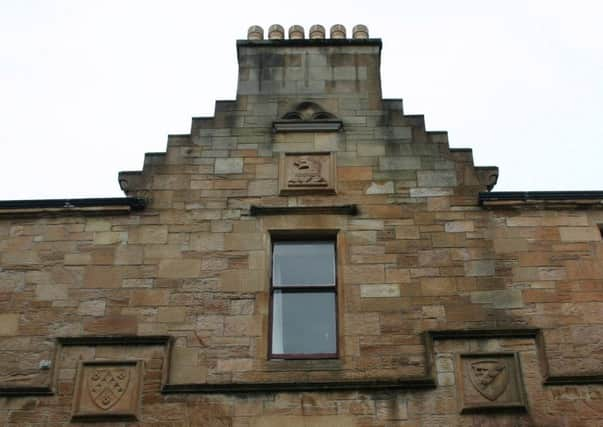Street names open up a whole world of history


In most cases finding the answer will lead on to other questions and then the hunt for information is on. Even simple names like High Street take us back to the 16th century when the ‘Kingis Hieway’ traversed Falkirk from east to west and helped establish the shape of the town that we know today.
I was thinking about this last week when reminiscing about the first house I lived in which, of course, led to a discussion of all the others. So let me indulge myself!
Advertisement
Hide AdAdvertisement
Hide AdI first saw the light of day in Dunrowan Nursing Home while Hitler was still causing mayhem in Europe and then went home to Watling Drive in Camelon.
The street along with several others like Wall Street was given its name in the 1930s (I think) because of Camelon’s connection with the Roman Wall of Antoninus Pius.
Watling Street, as you ancient history scholars will recall, was the name of an pre-Roman track in England which the invaders made into their major route from the Kent coast up through London to the Welsh border.
From Camelon my family moved in 1949 to a new house in Balmoral Street. No difficulty in finding a reason for that one. It is in the Windsor Road scheme and Osborne Street is nearby – three of Queen Victoria’s favourite places. Britain and Scotland were particularly royal minded in those days with the war not long past!
Advertisement
Hide AdAdvertisement
Hide AdAfter a student spell in Glasgow and a work spell living in Edinburgh I was back with wife and wean to a room and kitchen in Manor Street in quite a grand looking building opposite what was then the Commercial Bar.
Until the late 1800s the street was called ‘The Back Row’ a name given in many Scottish towns to a road running nearly parallel to a main road.
As they town gained status the councillors thought Back Row sounded rather vulgar so they decided to pick a posher one. Manor Street with its suggestions of English country gentry was the choice and so it has remained.
After a couple of years there we had a short stop in College Crescent, a new street next to what was then Falkirk Technical College, opened in 1962, and then on to Alma Street in Grahamston named after the great battle in the Crimean War fought in September 1854.
Advertisement
Hide AdAdvertisement
Hide AdIt is almost forgotten now but back then it provoked an outpouring of patriotism, and sympathy for the brave 2000 Brits including many Scotsmen who died winning a punishing battle against the Russians.
The houses were built in the 1860s with the intention of encouraging skilled men from the Falkirk foundries to enter the world of the ‘property owning democracy’.
Five years later my family were on the move for a final flit to Neilson Street where we have now been for 42 years.
William W. Neilson was a very important man in the life of Victorian Falkirk. As well as running his aerated waters company round the corner at Garthall (where Woodlands Games Hall stands) he served as Burgh Engineer and Sanitary Inspector before becoming an elected councillor and Baillie.
And that’s it!
We will be sticking where we are until the grim reaper comes along. The thought of another move would drive me nuts even if it introduced me to another name full of historical interest.